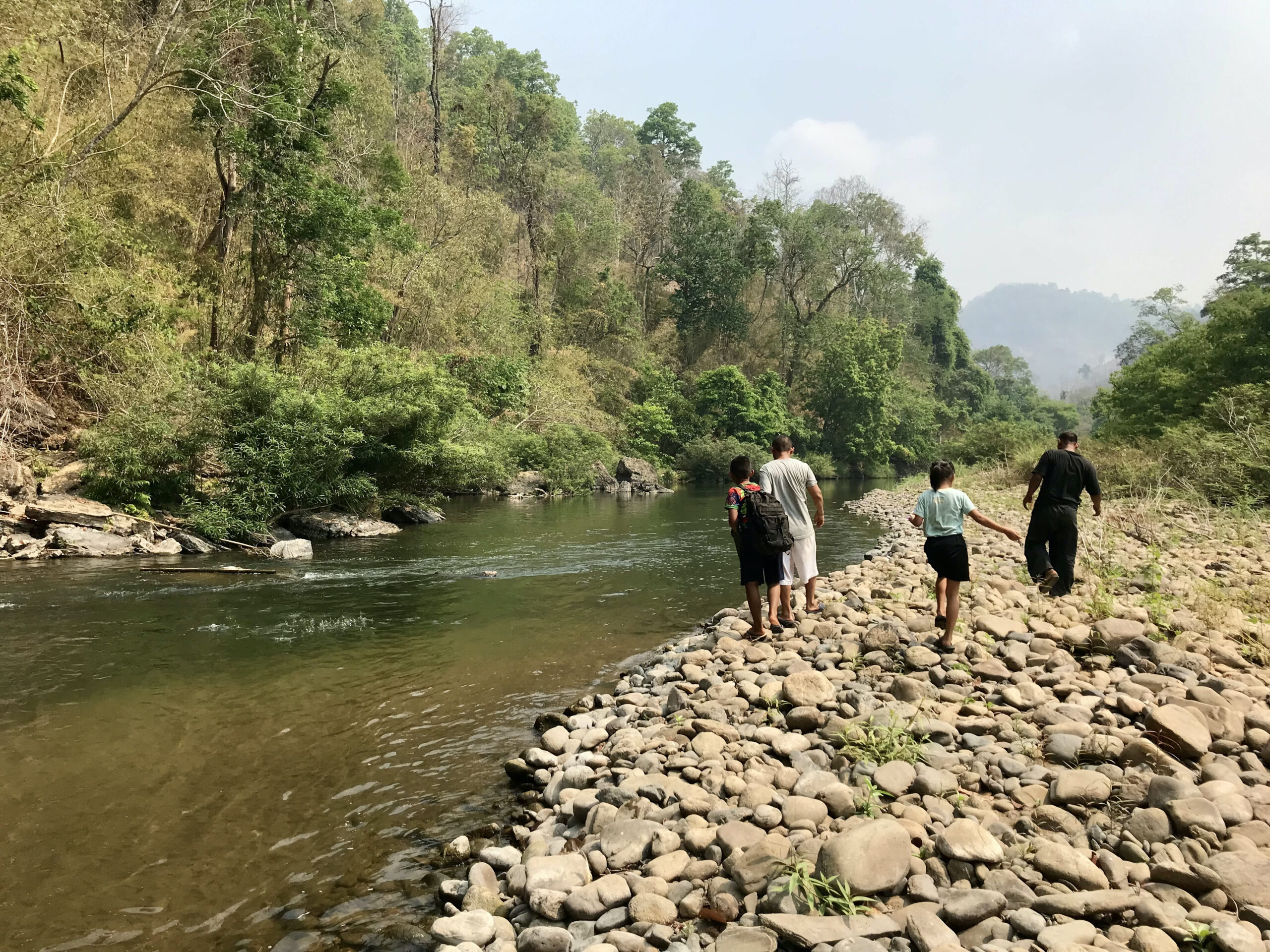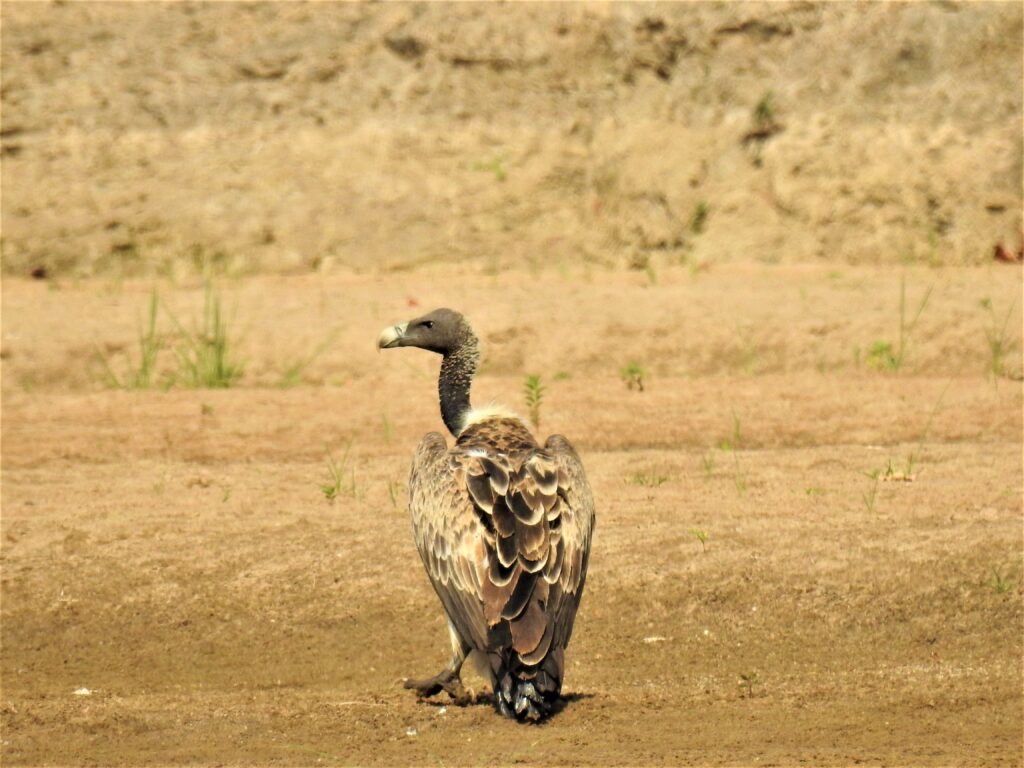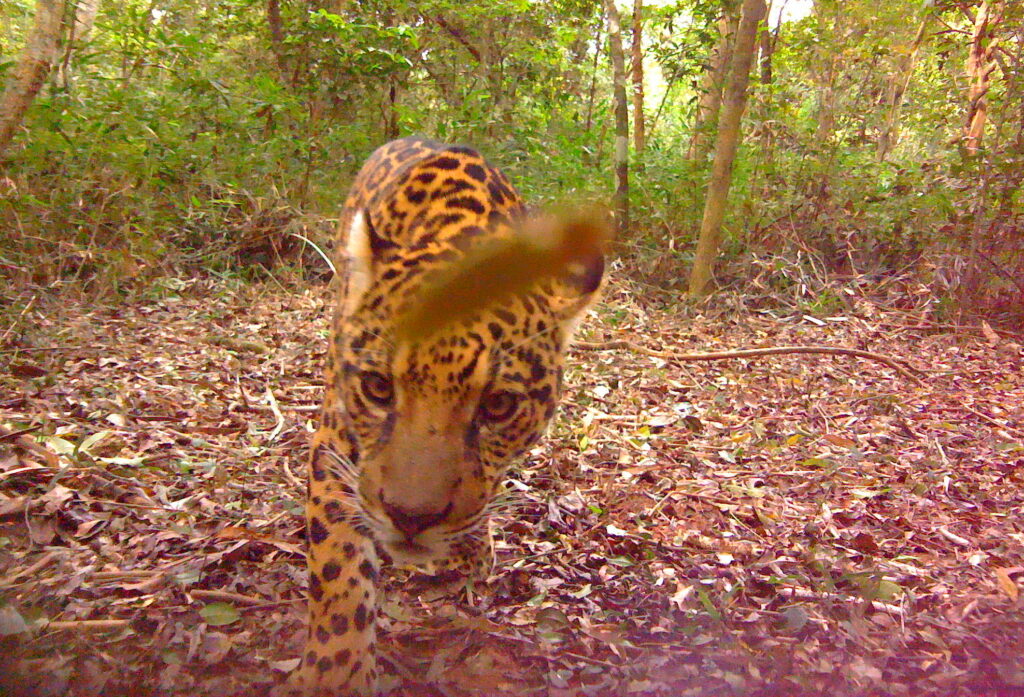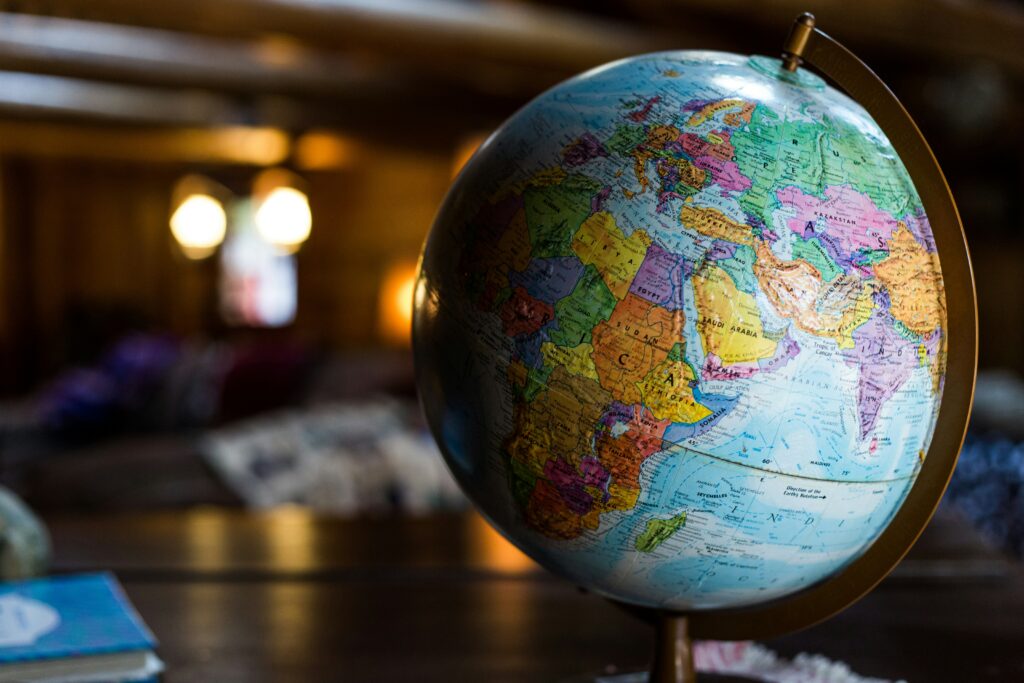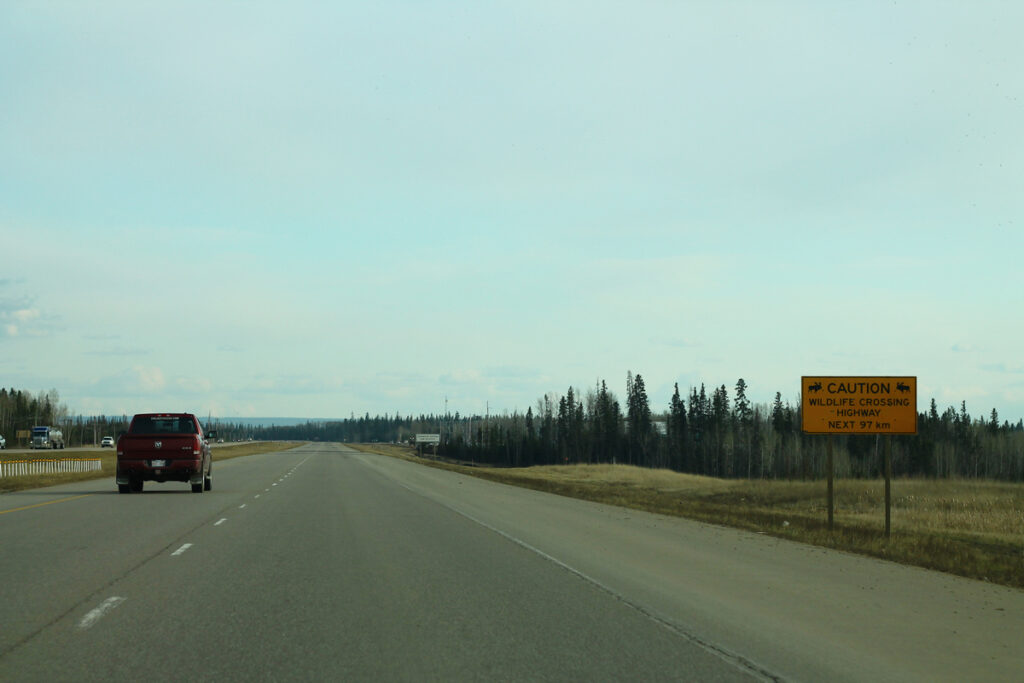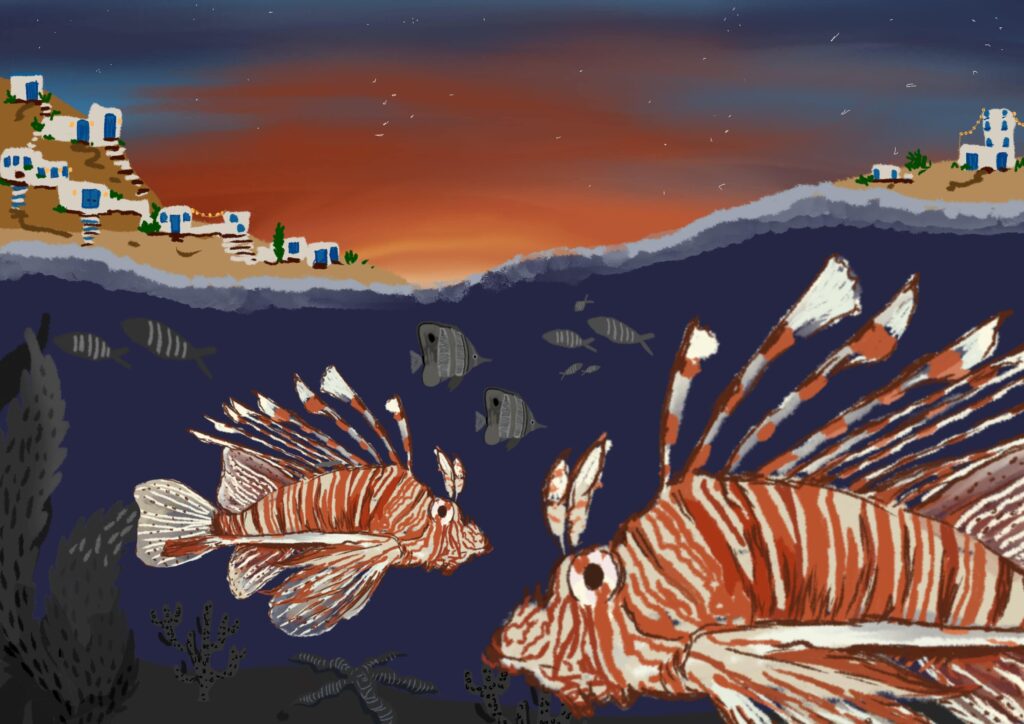Feature image: Local community members walk alongside one of their small no-take areas, also known as river reserves, on the Ngao River, Thailand
Do we all mean the same thing when we talk about conservation? As an idea, conservation might seem straightforward. In practice, however, different peoples in different places understand and practise conservation differently. There are diverse conservation worldviews—with worldviews referring to understandings of the nature of reality. The historically dominant conservation approaches tend to be informed by a Euro-American worldview which prioritises uninhabited wild spaces. Think large areas of peopleless forests on land and fishing-banned coral reefs in the sea.
The major consequence of this conventional conservation worldview is decades of marginalisation towards the Indigenous Peoples and Local Communities (IPLCs) who have long depended on these ecosystems. Another consequence is that other ecosystems, like inland fisheries in small rivers, are often overlooked as conservation targets by governments and NGOs despite their value for IPLCs.
While policymakers, practitioners, and academics are increasingly recognising the value of including IPLC voices in conservation to reconcile past harms, they still often fail to see how Euro-American worldviews continue to marginalise other worldviews and exclude various ecosystems. If we were to sincerely integrate diverse worldviews of conservation, it would open pathways for humans and nature to coexist in several types of ecosystems and in abundance.
Our recent article in Conservation and Society shows how increased attention to river conservation can highlight and uplift the conservation worldviews of IPLCs. Our argument is based on field research with the ethnic minority Karen communities of Thailand’s Ngao River basin, focusing on their approach to resource management and conservation. Through interviews, participant observation, and participatory mapping activities we highlight the deep ecological knowledge, effective conservation practices, and, in turn, the conservation worldview of these marginalised communities.
In Thailand, government-led conservation draws on the dominant Euro-American conservation worldview to create restrictive protected forest and ocean areas. While the government allows for certain short-term tourist activities in these areas, the ecosystem-based livelihoods of resident IPLCs are banned, or most detrimentally, forced out. For example, the shifting cultivation practice of the Karen communities is framed as “slash and burn” and considered harmful to the forest, despite evidence from both Indigenous and, more recently, scientific knowledge that it enhances biodiversity and ecosystem health.
The government agencies enact their conservation worldview of nature separate from people by deploying spatial technologies to monitor forest cover, using the data to justify the forced removal of or restrictions on permanent forest-dwellers. Furthermore, these spatial monitoring technologies do not take into account inland fisheries, rendering them effectively invisible within the state’s conservation efforts. As they are not seen, and are not a priority, these inland fisheries and the IPLCs that rely on them face detrimental consequences from dam construction. Our research reveals that government agencies do not demonstrate interest in inland fisheries, in part because of their role for subsistence rather than commercial interests.
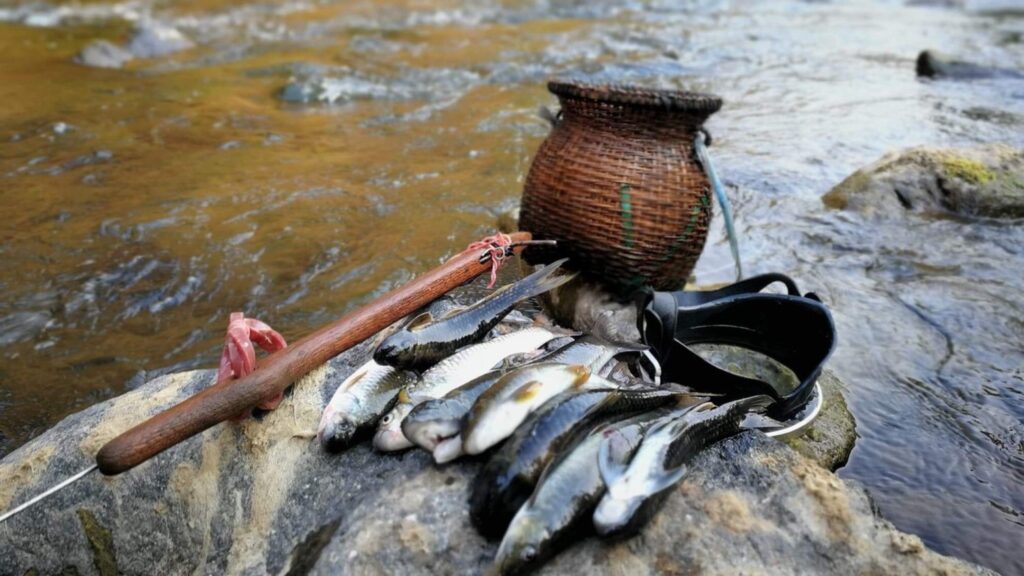
A successful catch of native fish, including ‘yah taw’ (Scaphiodonichthys burmanicus), by a local community member using a speargun and traditional basket
Inland fisheries are vital for local food security. Our findings show that Ngao River basin communities make inland fisheries visible and worthy of conservation through their livelihoods and conservation practices. Riverine livelihoods involve regular interactions with fish, which in turn endow community members with intricate ecological knowledge. In the past, this knowledge catalysed community-led conservation actions in response to fish declines that included banning overly exploitative methods, such as blast fishing and electrofishing, and creating small no-take areas.
Community-based river conservation has successfully increased—or at least maintained—fish populations and ensured food security. Today, river conservation has spread to over 50 communities in the basin since the first community started the practice 30 years ago. Such actions demonstrate how conservation can include people and nature, providing benefits for both. The success of these community-led conservation actions emphasises the value of IPLC conservation worldviews—and the need to uphold the traditional livelihood practices they are based on and are enacted by.
These successes also bring attention to how IPLC worldviews can better enable the conservation of ecosystems, such as inland riverine fisheries, than Euro-American worldviews. River conservation, such as it is practised in the Ngao River basin, can serve as a pathway to advancing social justice for marginalised peoples and promoting approaches to conversation that emphasise nature-human coexistence and abundance.
Original Paper
Duker, P., P. Vandergeest and S. Klanarongchao. 2023. Ontological politics and conservation in Thailand: Communities making rivers and fish matter. Conservation and Society 21 (4): 211–222. https://doi.org/10.4103/cs.cs_129_22.
Further Reading
Duker, P. and S. Klanarongchao. 2022. Community-based conservation of the Ngao River in Thailand: a networked story of success. Society and Natural Resources 35(12): 1315–1332. https://doi.org/10.1080/08941920.2022.2109087.
Koning, A.A. and P. B. McIntyre. 2021. Grassroots reserves rescue a river food web from cascading impacts of overharvest. Frontiers in Ecology and the Environment 19 (3): 52–158. https://doi.org/10.1002/fee.2293.
Koning, A.A., K. M. Perales, E. Fluet-Chouinard and P. B. McIntyre. 2020. A network of grassroots reserves protects tropical river fish diversity. Nature 588 (7839): 631–635. https://doi.org/10.1038/s41586-020-2944-y.
